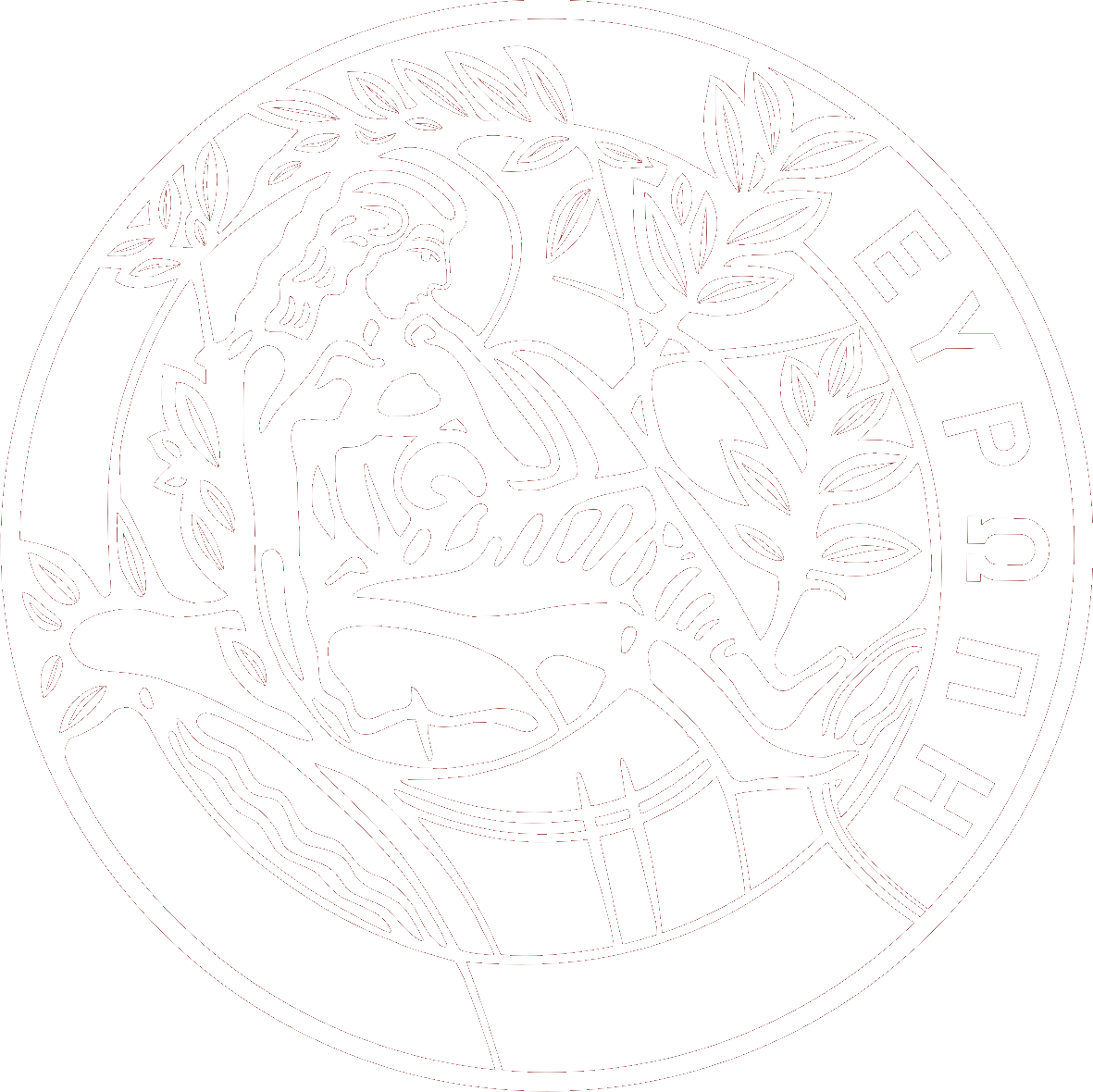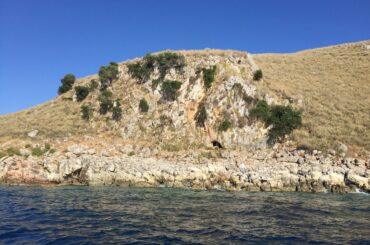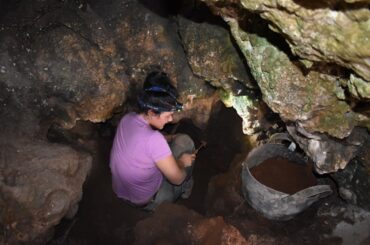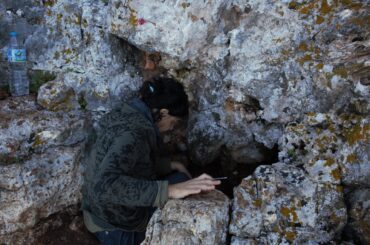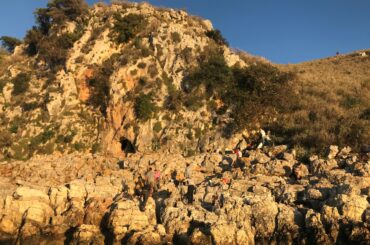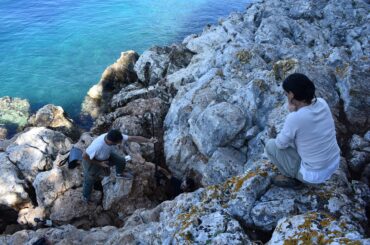Panthera Cave (2015-)
Systematic excavations of Panthera Cave have been conducted under the direction of Professor Nena Galanidou since 2015. The cave was discovered during the Inner Ionian Archipelago survey in 2010. It is located on the rocky north shore of Kythros islet, opposite southern Meganisi. The Middle Palaeolithic archaeology recovered offers information about the lifeways of Neanderthal groups in the central Ionian Sea from the end of the Middle Pleistocene onwards ca. 200-45,000 years before the present. The cave was seasonally inhabited during periods of lower sea level, when Kythros was connected to the other small islands and through them to continental Greece. Only one cave hall in the original spacious karstic complex still survives today. The roof had collapsed, sealing archaeological deposits and preserving finds in excellent condition. Archaeologists have recovered stone tools, cores and flakes produced using the Levallois technique, employed for hunting, cutting, food processing and the treatment of secondary products from hunted animals. The cave’s inhabitants particularly cherished game such as fallow deer, roe deer and wild boar. In between the hominin occupation, the cave was a habitat for the leopard (Panthera pardus), whose presence and power were seemingly known by prehistoric people. The faunal collection also includes bones of terrestrial turtles and a few bear and wolf bones, testifying to the biodiversity of the central Ionian region during that time period.
The Panthera Cave archaeology contributes valuable insights to interpreting the Neanderthal settlement pattern in the island cluster between Lefkas, Ithaca and the coast of Akarnania. Archaeological finds that have been attributed to the Middle Palaeolithic demonstrate that perrenial and seasonal wetlands in karstic basins on Meganisi, Thilia, Atokos and Arkoudi and caves on Lefkas, Kythros and Plagia acted as reference points for the prehistoric hunter-gatherers’ habitation and subsistence.
